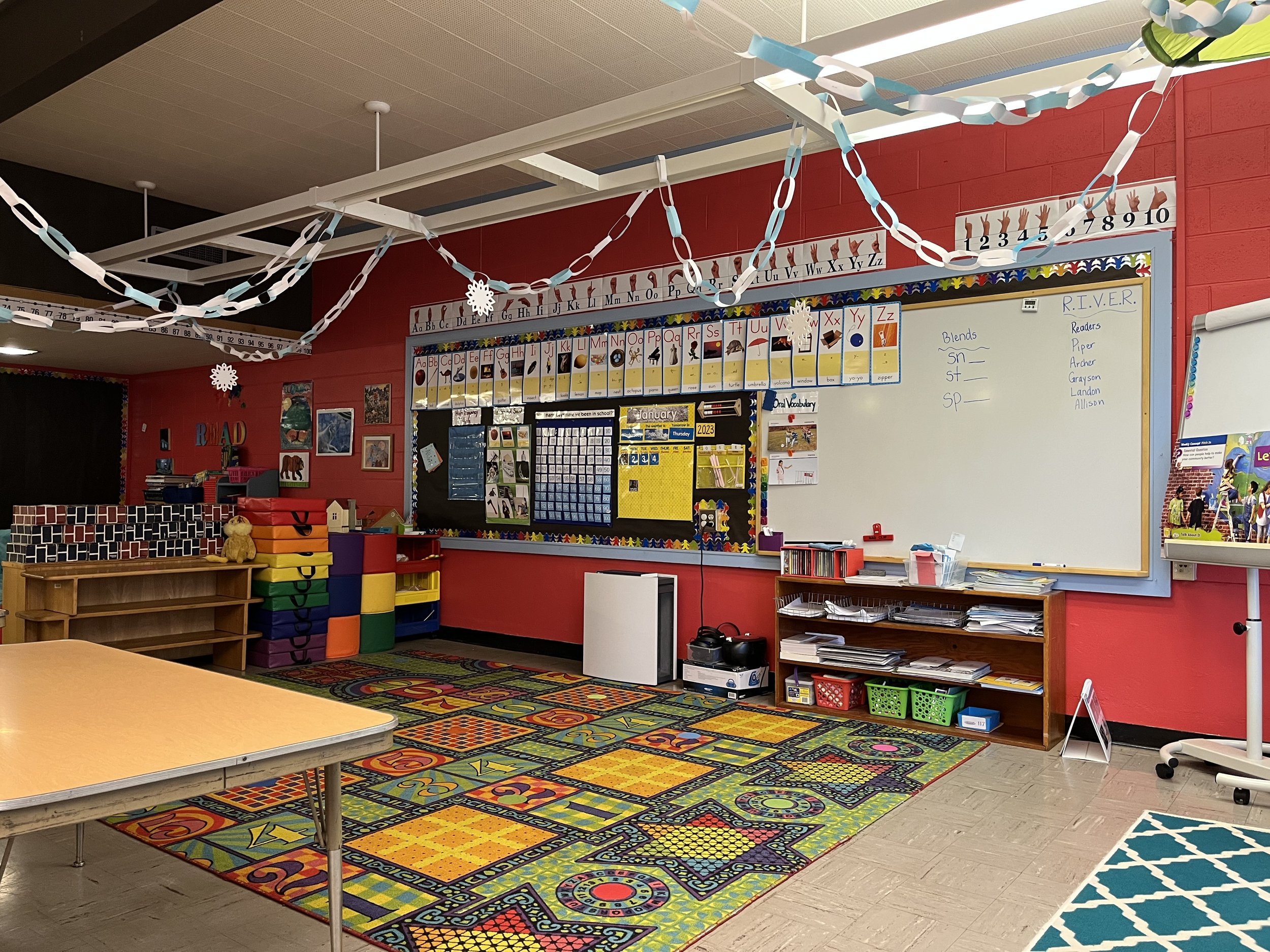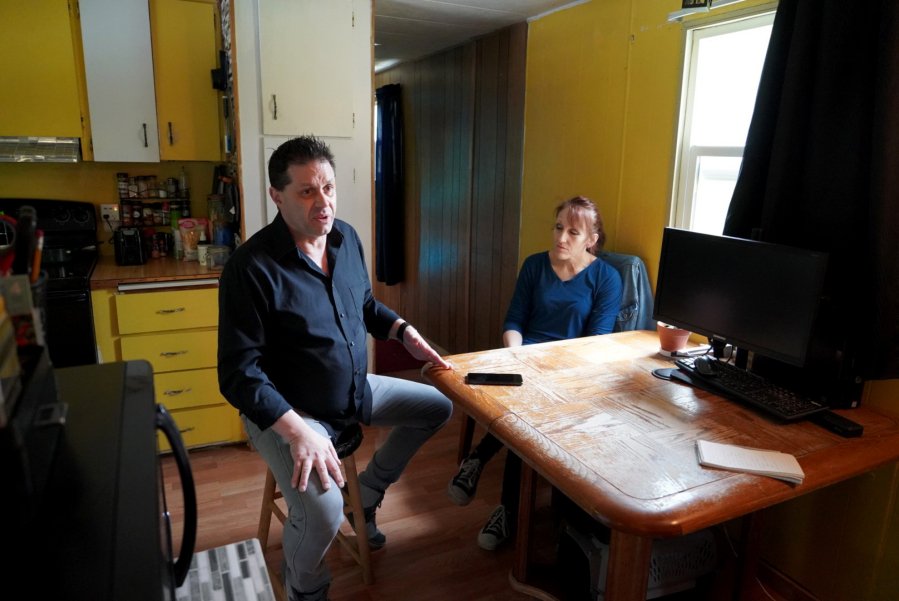Farmers in Crisis, Long Overlooked, Are Finally Getting Mental Health Support
Amid a mounting mental health crisis among farmers, experts are working to make help more accessible. Published Feb. 15, 2024 in Scientific American.
“Chris Bardenhagen used to shrug off any worries about mental health, but the stresses of taking over his struggling family farm now have him seriously considering therapy. Bardenhagen is a sixth-generation farmer who grew up on an 80-acre multicrop orchard in Michigan that his family has run since the 1800s. And it all was officially transferred to him on January 1—a transition that he says has ‘been too much too fast’ as he has scrambled to find financial support and profitable crops.
‘We needed to simplify the farm for me to safely take over and not have it, you know, consume my entire life,’ Bardenhagen says. ‘We've whittled it down basically to some high-density apples.’”
'You cannot put people into arbitrary boxes': Psychologists critique the '5 love languages'
Experts question the love language theory's effectiveness, citing a lack of scientific evidence. Published Feb. 14, 2024 in Live Science.
“The now-famous "love languages" were first introduced in a book penned by Gary Chapman, a Baptist pastor and self-named marriage counselor. His book "The 5 Love Languages" (Northfield Publishing, 1992) skyrocketed in popularity, with its various editions selling around 20 million copies and landing a New York Times bestseller title.
Nowadays, Chapman's theory is all over TikTok, where content creators talk about their own love languages and question their compatibility with their partners. But experts have long challenged the notion because there's a lack of consistent evidence that the love languages improve communication between partners, and they may not fully reflect the ways people receive and express love.”
New AI Circuitry That Mimics Human Brains Makes Models Smarter.
A new kind of transistor allows AI hardware to remember and process information more like the human brain does. Published Feb. 7, 2024 in Scientific American.
“Current AI models can go beyond finding and regurgitating common patterns and into associative learning. But their separate memory and processing components make this computationally challenging, and they often struggle in differentiating signal from noise in their data, Hersam explains.
AI models that can’t do associative learning might take two strings of numbers, such as 111 and 000, and report that they are completely dissimilar. But a model with this higher-level reasoning—such as one run on the new brainlike circuitry—would report that they are similar because they are both three of the same number in a row.”
Sludge Videos Are Taking Over TikTok—And People’s Mind.
“Sludge content” is a type of viral video that features multiple clips playing simultaneously on a screen. Experts unpack what it may be doing to the brain. Published Jan. 10, 2024 in Scientific American.
“TikTok is already known to foster addictive online behavior with its endless feed of short video posts curated by algorithms that quickly learn and adjust to user preferences. But sludge content is attracting users’ attention in a new way. Videos are chopped up and added to a metaphorical content buffet, creating a feast for the eyes and brain. Although the psychological effects of this new format are understudied, scientists say that previous research on social media and multitasking can offer some clues. Scientific American spoke with experts about how this new media phenomenon might impact the brain.”
Treating Mental Health as Part of Climate Disaster Recovery.
Mental health specialists discuss strategies for residents reexperiencing trauma in the aftermath of hurricanes, wildfires and floods. Published Oct. 17, 2023 in Scientific American.
“A growing body of research is revealing how crises of climate change—including wildfire smoke, pollution, flooding and extreme heat—are worsening conditions such as anxiety, depression and post-traumatic stress disorder (PTSD). While experts emphasize the importance of quickly getting people rehoused, rebuilding in a disaster-prone area could subject people to the trauma of losing their home yet again.
Scientific American spoke with Morganstein and Dwyer about the correlation between housing and mental health post-disaster and about measures to prevent repeated traumatization as these disasters persist.”
Pipelines Touted as Carbon Capture Solution Spark Uncertainty and Opposition.
Federal investment in carbon capture could help fight climate change, but this technology is facing fierce opposition. Published Oct. 1, 2023 in Scientific American.
“These pipelines are part of an effort to reduce greenhouse gas emissions from ethanol production plants by capturing and storing carbon dioxide that would otherwise be released into the atmosphere. But despite the green intentions behind the technology, environmentalists are actually joining landowners in pushing back against it. Many experts worry the pipelines could spring deadly leaks or contaminate water—and they question how effective such projects will actually be at fighting climate change.”
The unexpected workers repairing harm from Oregon’s wildfire crisis.
After wildfire destroyed the rural community of Blue River in 2020, teachers have been leading the effort to help students recover and heal. Published July 10, 2023 in The Oregonian.
“During October’s safety week, the fuzzy intercom in Diaz’s class announced that there would be an evacuation drill. The 5-year-olds, who moments before had been giggling, started to panic. Many burst into tears, hyperventilated and begged for their mothers, she said.
When her students heard the word ‘evacuation,’ Diaz said, they remembered the night of the fire, even though they had only been preschoolers at the time.”
Skamania County’s ‘News Desert’ Travails.
Critics in Stevenson say local newspapers don’t provide residents the accurate, independent information they need. Published October 17, 2022 in The Columbian.
“Inside the Skamania County Pioneer’s newsroom of mismatched furniture and desks cluttered with notebooks and old cameras, Philip Watness edits the last traditional newspaper in the county.
Sometimes dressed in a flowery aloha shirt, Watness writes, photographs, designs and edits all the news that he sees fit to print. He’s the only journalist in a county of about 12,000 people.”
Looking ahead in the face of metastatic breast cancer diagnosis.
Patient strives to focus on positives and connect with others. Published Oct. 9, 2022 in The Columbian.
“Coping with a metastatic diagnosis was tough for Trytko, even though she considers herself an optimistic person. When she first learned she had stage 4 cancer, she immediately asked her oncologist: “What’s my prognosis?”
“She looked at me and said, ‘It would be irresponsible to answer that question. Really, we don’t know how this is going to go,’ ” Trytko recalled.
Clark County Residents with Eating Disorders Struggle to Find Help.
Despite end of COVID lockdowns, lack of mental health professionals makes issue worse. Published August 7, 2022 in The Columbian.
“Valerie Bledsoe said she’d already been in a downward spiral with her eating disorder since before the COVID-19 pandemic. The 40-year-old Vancouver woman had been suffering from poor body image for much of her life, and after birthing a child, she experienced postpartum depression, which fueled her eating disorder.”
Sunken Ships in Columbia River Create Watery Conundrum.
Two boat masts sticking out of the Columbia River, near the Interstate 5 Bridge, stand like headstones as a reminder of the sunken vessels that once floated there for about 16 years. Published July 25, 2022 in The Columbian.
“Beneath the water, traces of pollutants still leak into the river, affecting the wildlife, and no one has plans to remove the ships. The boats are two of the 129 abandoned ships scattered up and down the Columbia River.”
Clark County’s Rising Rents Lead to Despair.
Amboy family struggles to find alternatives after landlords demand 150% increase. Published July 21, 2022 in The Columbian.
“Jason Zellman and Luci Haning have no idea where they’re going to live next.
The couple live in a yellow single-wide home for $800 a month in Amboy, in the forest with a view of a mountain. The three of them, the couple and Haning’s child, have lived comfortably in the home for three years.”











